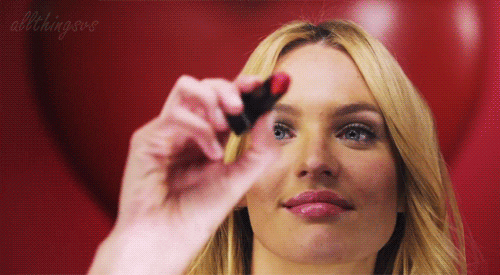The beauty industry is a booming business totalling $3.5 billion in Canada alone. You might think people would appear more plain-faced during economic downturns, choosing to forego spending on makeup—but the lipstick index demonstrates that the opposite might be true.
The Lipstick Index is an economic indicator that measures the sales of lipstick and other beauty products to describe how a downturn in the economy can mean big sales for some sectors.
- It was coined in the early 2000s by Leonard Lauder, chairman of beauty giant Estee Lauder, to describe the changing habits of consumers when the economy is in the dumpster.
- L'Oreal's CEO referenced the lipstick index recently during the company's last earnings call in the fall, saying that with a price point of $45, high-end lipsticks and mascaras are an "affordable treat."
What does it tell us? Makeup isn't recession-proof, but the industry stays relatively strong during economic downturns for a few reasons.
- Makeup production costs are relatively low, and transportation is less expensive because you can fit more cosmetics packages than cars in a shipping container, per the Washington Post.
- And makeup sales result in fat profits for manufacturers—in 2019, cosmetics saw an average margin of 58%.
Bottom line: Don’t think that strong earnings for beauty brands mean the economy is doing great—it could be a sign of just the opposite.
Dig deeper: Here's how to make your makeup last longer.
